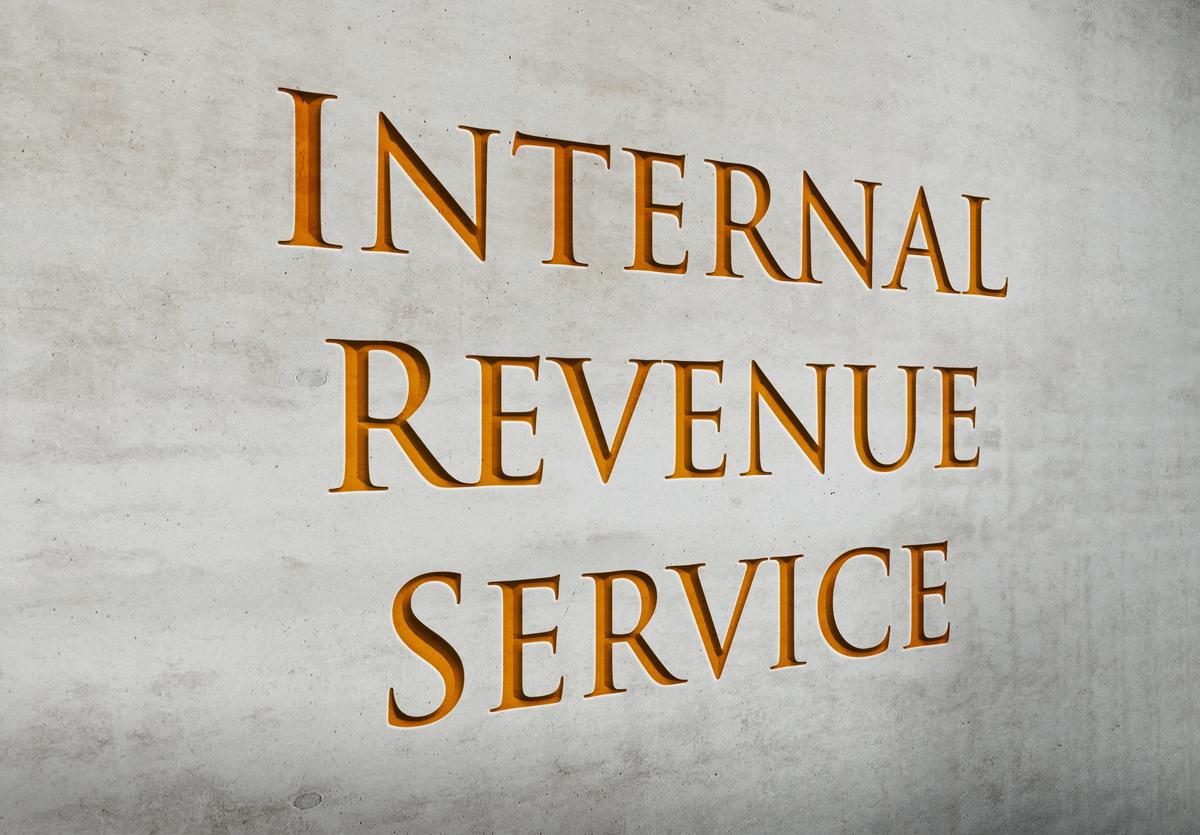It costs a pretty penny to raise a child from infancy through their college years. At least, families may be eligible for certain tax benefits along the way. Here are five of the main tax breaks on the books.
1. Child Tax Credit: Under current law, the partially refundable Child Tax Credit (CTC) can be claimed by parents with dependent children under age 17. For 2023, the CTC is $2,000 per child for a modified adjusted gross income (MAGI) of $200,000 or less for single filers and $400,000 joint filers. This credit is reduced for MAGI above these levels. The maximum refundable portion is $1,600.
2. Adoption credit: For 2023, parents can claim a credit of up to $15,950 for qualified expenses incurred to adopt an eligible child. An eligible child is an individual under age 18 or physically or mentally incapable of self-care. But the credit begins to phase out for taxpayers with a MAGI above $239,230. If you exceed the $279,230 threshold, you can’t claim any credit.
3. Dependent care credit: Generally, the dependent care credit is available for qualified expenses of caring for children under age 13 while you, and your spouse if you’re married), are gainfully employed. The credit for parents with an adjusted gross income (AGI) above $43,000 is 20% for the first $3,000 of qualified expenses for one child or $6,000 for two or more children. So, the maximum credit is either $600 or $1,200, respectively.
4. Higher education credits: There are two credits for higher education credits subject to phase-outs. First, an American Opportunity Tax Credit (AOTC) of up to $2,500 is available for four years of study for each student in the family. Second, a Lifetime Learning Credit (LLC) of up to $2,000 is available for all years of study, but limited on a per-taxpayer basis. For 2023, the phase-out begins at $80,000 of MAGI for single filers and $160,000 for joint filers. Generally, you can claim either the AOTC or the LLC, but not both in the same tax year.
5. Student loan interest: If a child takes out a student loan to pay for higher education, the tax law permits an above-the-line deduction for payments of student loan interest up to an annual limit. Assuming certain requirements are met, the student can deduct the first $2,500 of interest paid for qualified expenses like tuition and fees. However, this deduction is also phased out. For 2023, the phase-out begins at $75,000 of MAGI for single filers and $150,000 for joint filers. Note: The deduction is only available to someone legally obligated to repay the loan
We’ve outlined five ways a family can save taxes raising children. Others may apply to your situation. Discuss your options with your professional tax advisor.
Thanks for reading CPA Practice Advisor!
Subscribe Already registered? Log In
Need more information? Read the FAQs
Tags: Taxes





